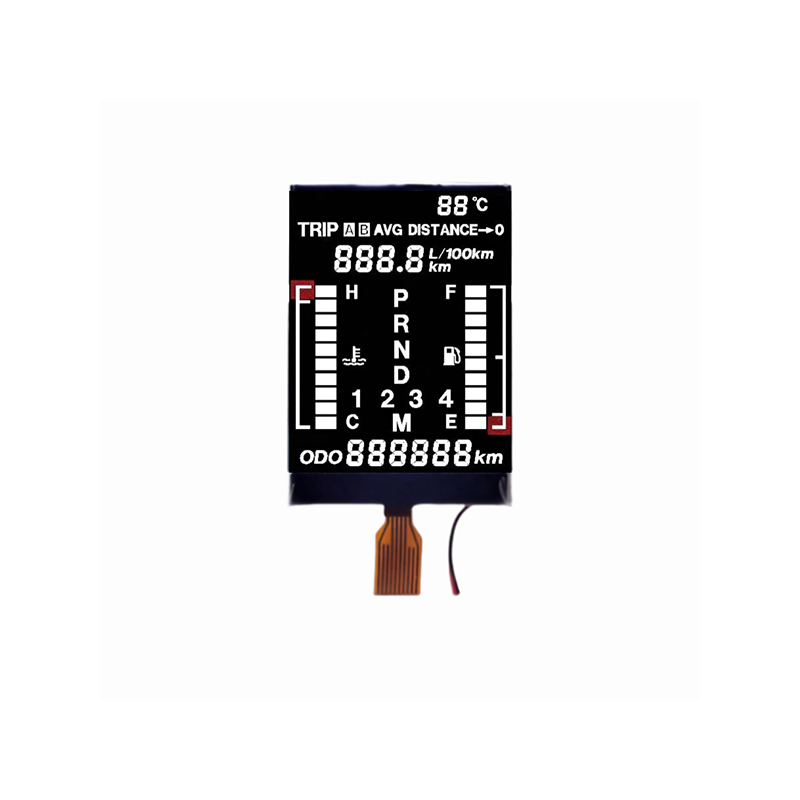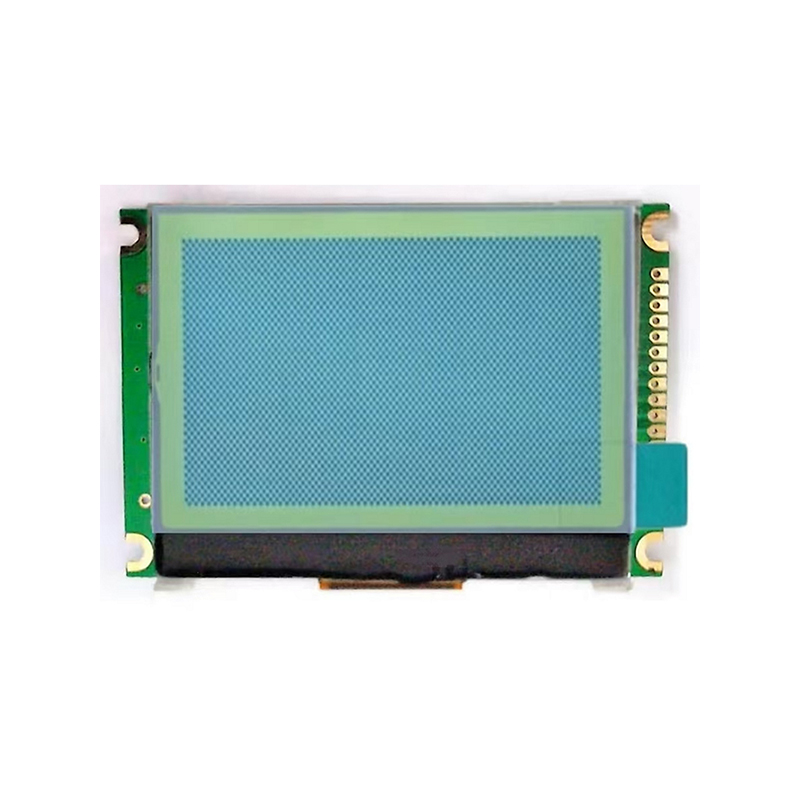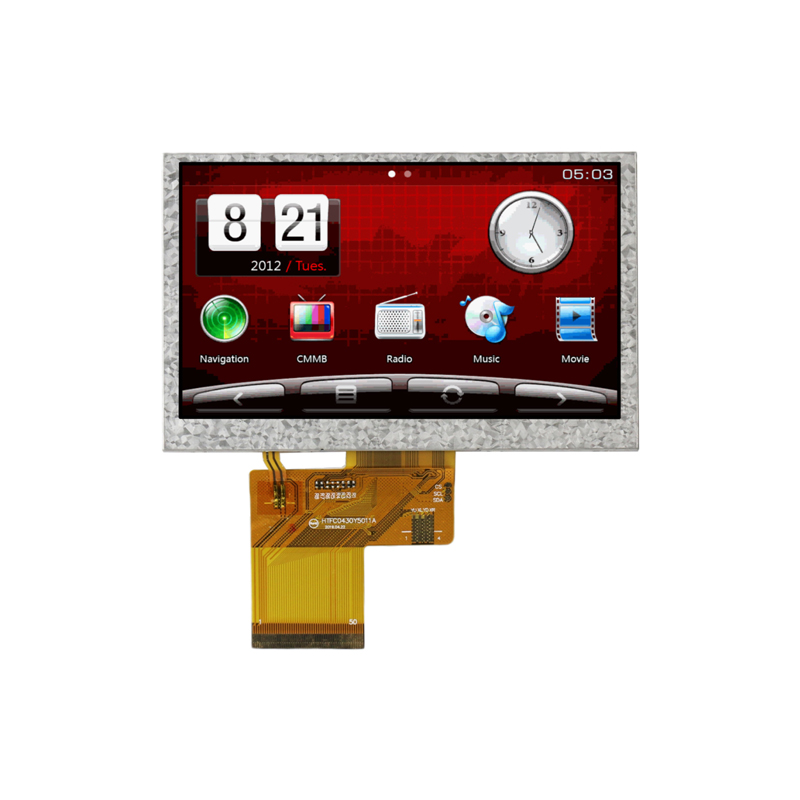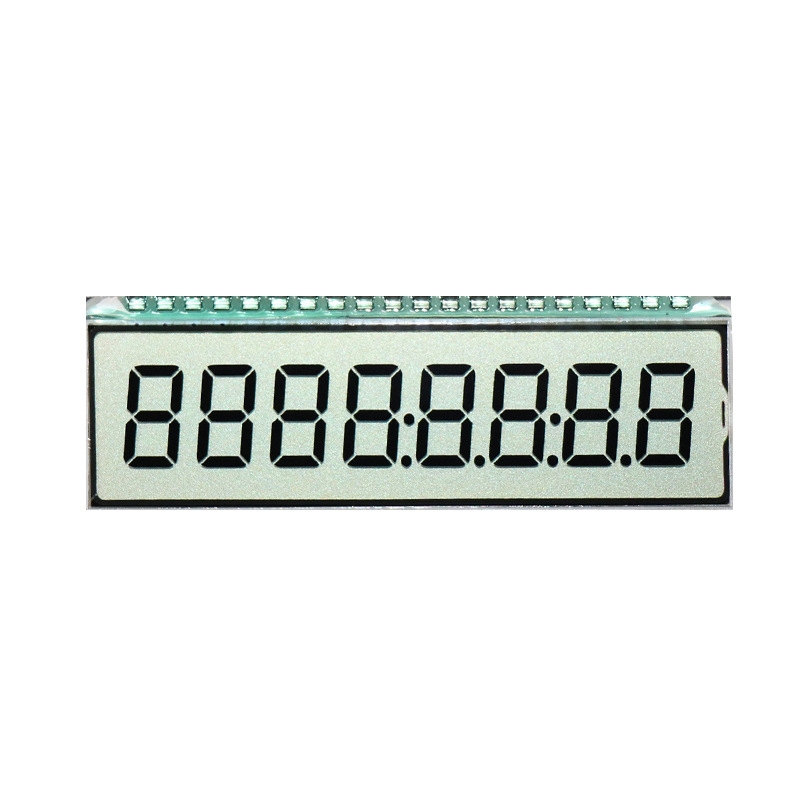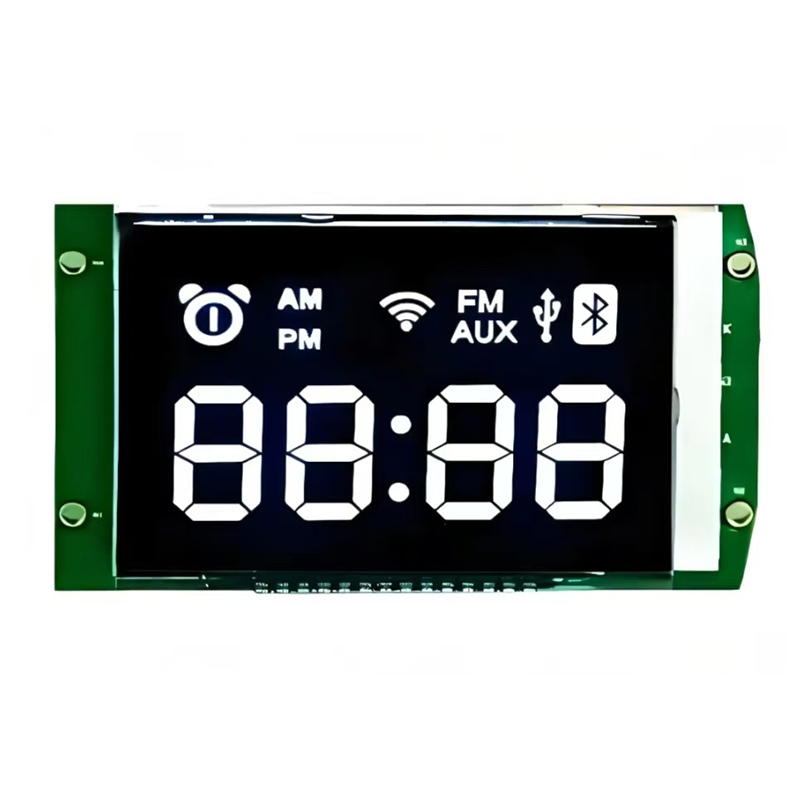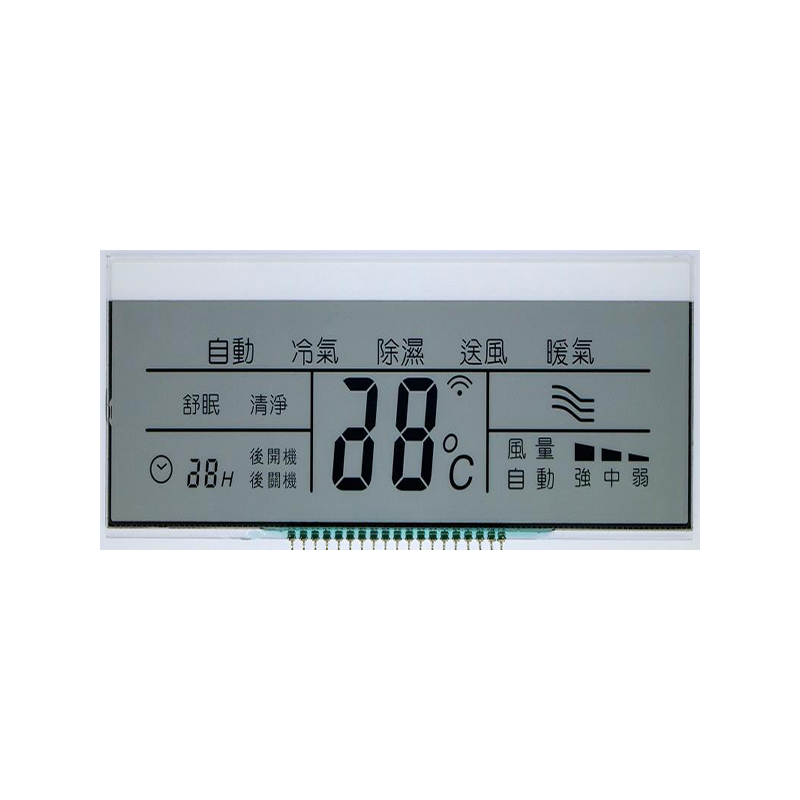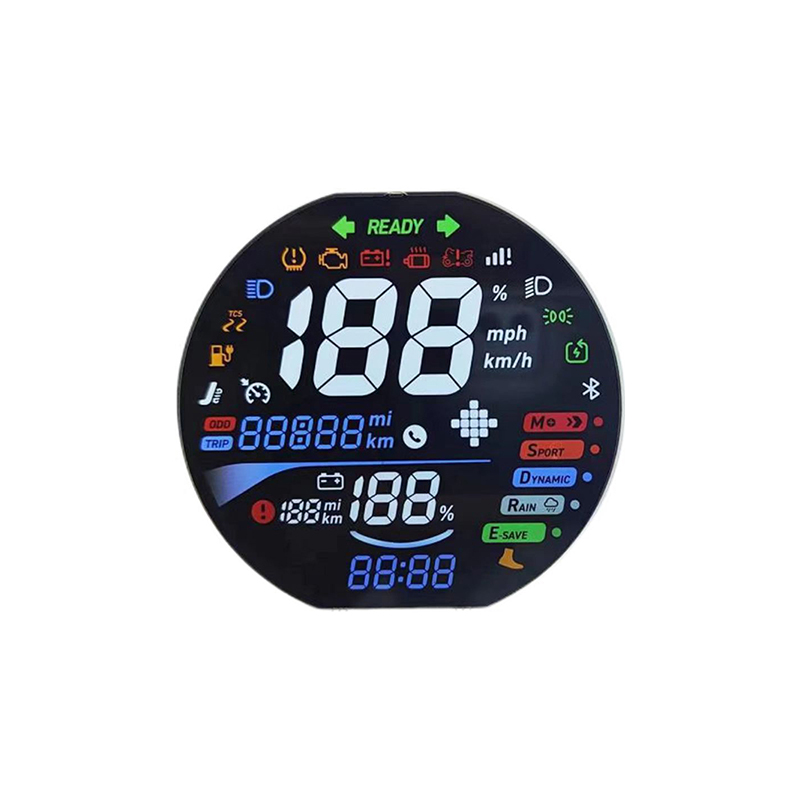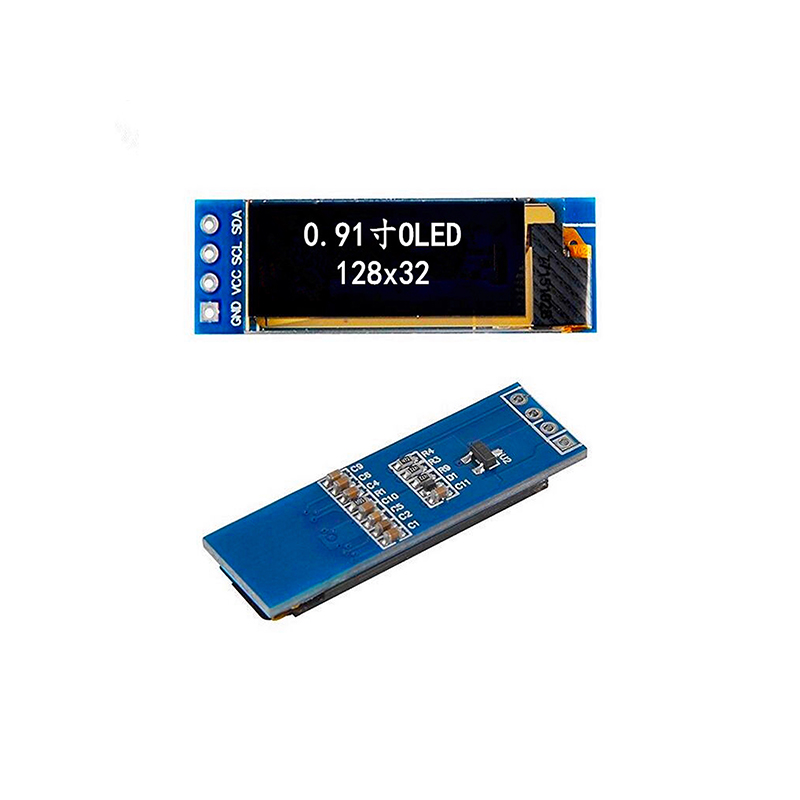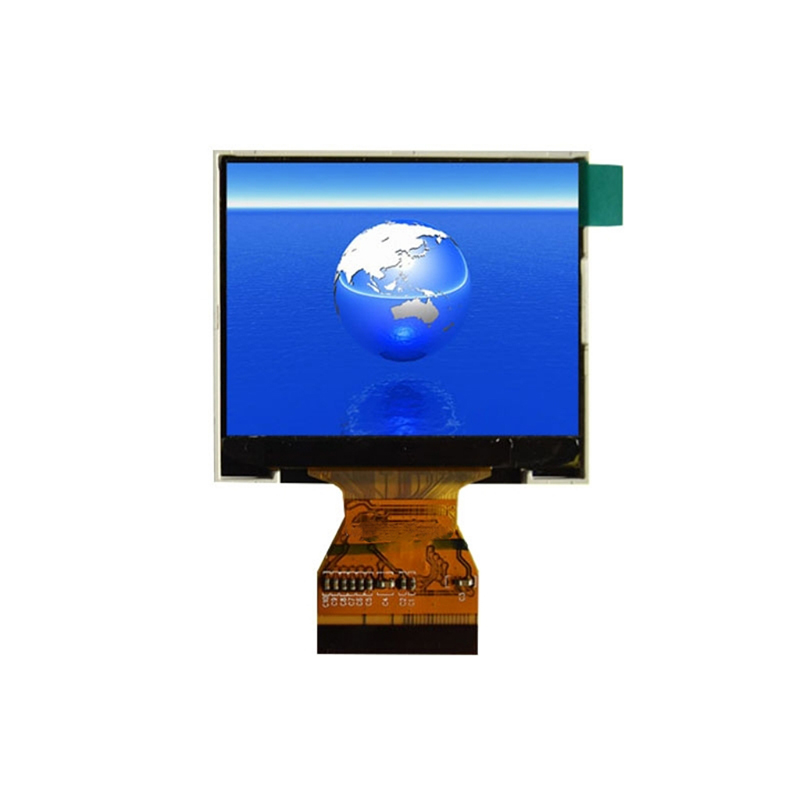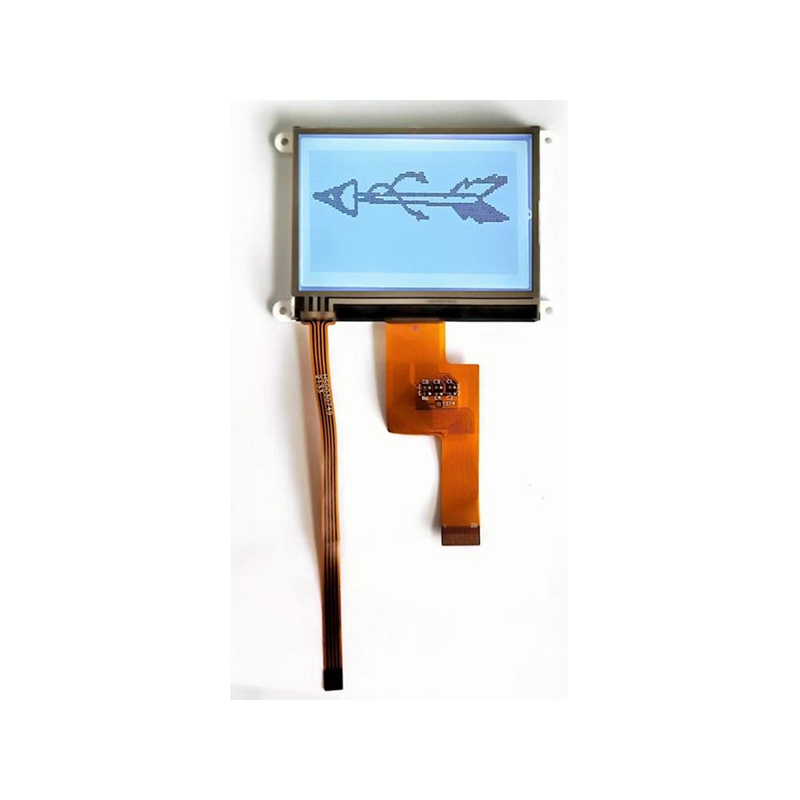
Successfully managing the Adafruit TFT display within your Arduino projects often involves understanding how to properly exit its functions. This seemingly simple task can become complex if not handled correctly, leading to issues such as screen corruption or unresponsive code. This guide provides a practical, step-by-step approach to safely and efficiently exit Adafruit TFT display Arduino operations.
The Adafruit TFT library provides a user-friendly interface for interacting with a variety of TFT displays. To manage the display effectively, understanding its initialization and operation is key. The library initializes the display and handles communication with the screen. Exiting the display's functions usually involves releasing its resources and returning control back to the main Arduino loop.
Before discussing exit strategies, it's crucial to understand how the display is typically initialized. This usually involves including the necessary library, creating an instance of the display object, and then initializing the display's settings (e.g., resolution, orientation).
#include // ... other includes and definitions ...Adafruit_TFTLCD tft = Adafruit_TFTLCD(LCD_CS, LCD_CD, LCD_WR, LCD_RD, LCD_RESET);void setup() { tft.begin(0x9341); // For example, using ILI9341 driver // ... other setup code ...} Several scenarios may require exiting the Adafruit TFT display Arduino functionality: transitioning to a different screen state, responding to user input, or simply ending a display operation. Let’s explore some common approaches.
There isn't a single exit function within the Adafruit TFT library itself. Instead, proper management relies on code structure and utilizing the library functions effectively. Here are some approaches:
One effective approach involves using boolean flags to control the display operation. You can set a flag when you want to exit the display function, and then check this flag within a loop. This allows for a clean exit without abrupt termination.
bool displayActive = true;void loop() { if (displayActive) { // ... code to display information on the Adafruit TFT display ... if (someCondition) { displayActive = false; } } else { // ... other code that executes after exiting the display function ... }}For temporary displays, simply using `delay()` can achieve a controlled exit after a specific duration. This is a simple solution for situations where the display is only needed for a short period.
void displayMessage() { tft.print(Hello, World!); delay(5000); // Display for 5 seconds}For more complex applications involving multiple display states, a state machine approach provides a more organized and manageable way to control the Adafruit TFT display Arduino. This approach is particularly beneficial for applications with user interaction, multiple screens, or animations.
Sometimes, problems occur even with careful coding. Here are some common issues and how to address them:
| Issue | Solution |
|---|---|
| Screen corruption | Ensure proper initialization, avoid overlapping drawing commands, and check for memory issues. |
| Unresponsive display | Check for infinite loops or blocking functions within the display routines. Use serial debugging to monitor the Arduino's status. |
| Unexpected behavior | Review the Adafruit TFT library documentation for compatibility issues with your specific display model and Arduino board. |
Remember to consult the Adafruit website for comprehensive documentation and support for their TFT displays and libraries.
For high-quality LCD displays and related components, consider exploring the offerings of Dalian Eastern Display Co., Ltd. (https://www.ed-lcd.com/). They provide a wide selection of LCD displays, suitable for various projects requiring robust and reliable display solutions.

